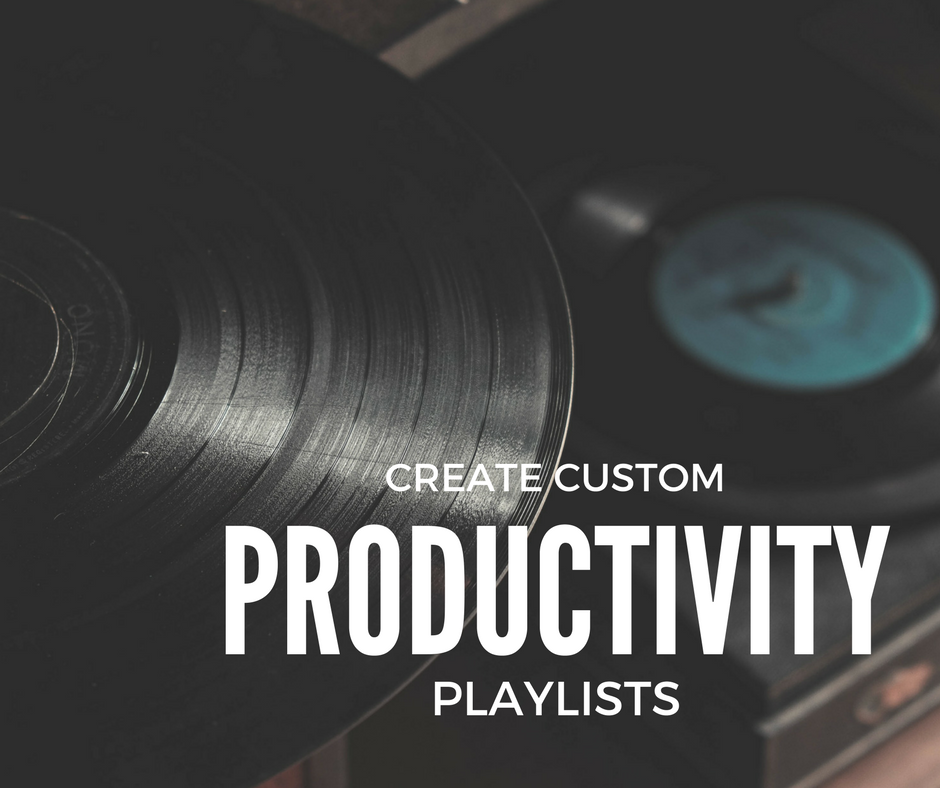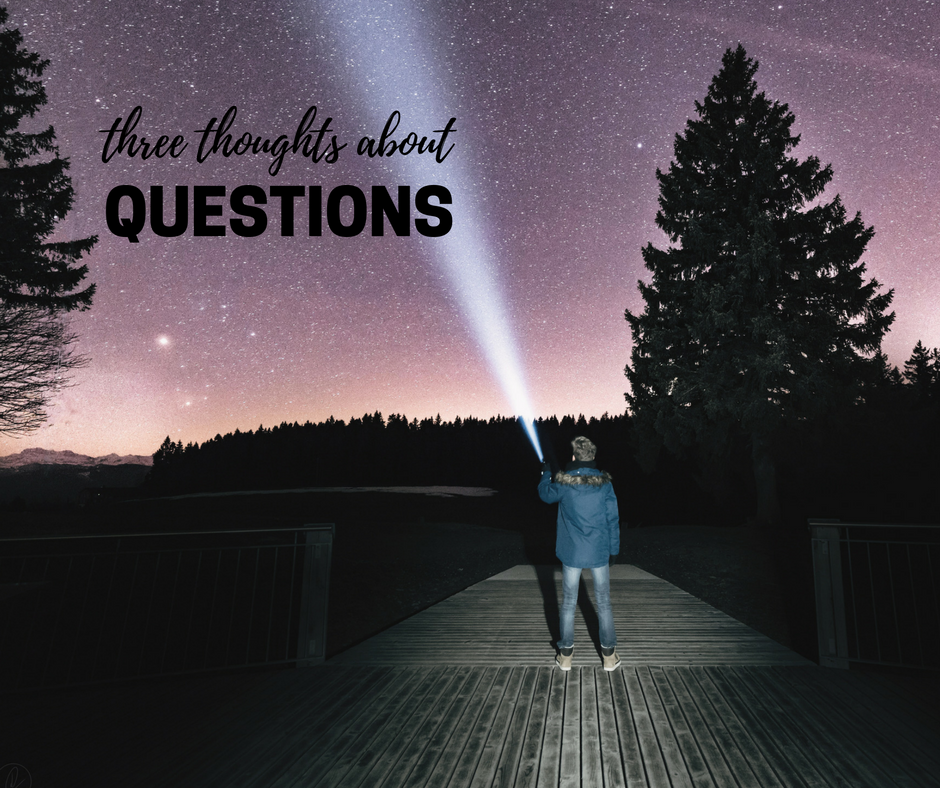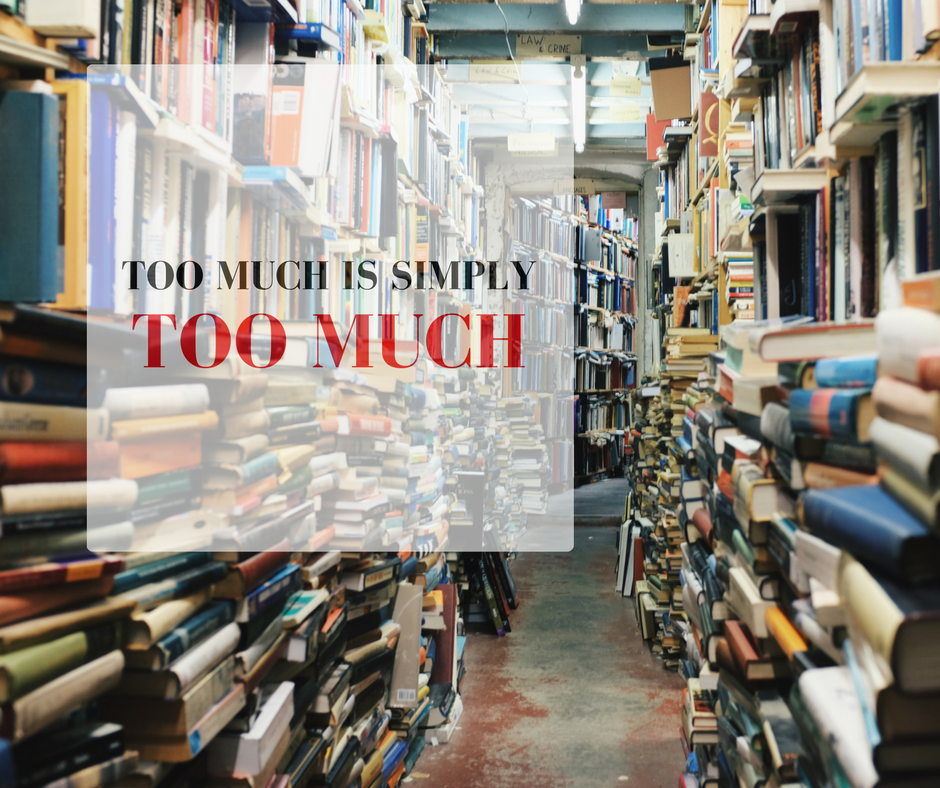by Naomi | Jan 30, 2017 | Writerly Play Activities
Visit the Writerly Play Studio and tap into divergent thinking with this Productivity Playlists activity. Never heard of the WP Studio? Learn how Writerly Play thinking strategies supercharge your creativity here.

Everybody loves a shortcut.
A playlist is not only fun to make. It’s also a creativity shortcut. Why? Sound provides a doorway into mental spaces that are shaped by your memories, your emotions and your internal rhythm. We don’t have to dig into scientific tomes to know this is true. We’ve had the experience of encountering a song we haven’t heard for years and been transported back in time, sometimes so vividly that we can even smell a remembered place.
If you’re interested in the science of how music affects your brain, here is a video you might enjoy: How Music Affects Your Brain
Music is a powerful tool.
That’s why it’s important to use it strategically. For instance, you don’t want to be distracted from today’s tasks with unrelated blasts from the past. That’s why a productivity playlist is an excellent solution. If you curate music for specific tasks, rather than being distracted, you’re transported into the exact environment you need.
A caveat: There is definitely some research out there that points to silence as the best soundtrack for deeply focused thinking. You may find that playing a short song or two before a creative session is actually the most productive use of playlists for you. In any case, there are likely tasks that will flow better with music, and others that will not. The only one who can determine what works best for you is YOU!
Create your Productivity Playlists:
- Brainstorm two or three types of thinking you need to do in your day. Maybe you’re working on a novel or a screenplay. Maybe there’s a part of your day when you want to keep up your momentum and move quickly through email. Maybe you need to spend part of your day on detail-rich tasks, such as spreadsheets or on the back end of WordPress.
- For each thinking mode, ask yourself: What mood matches this task? List two-five adjectives. Think beyond emotion into sensory feelings. You might even ask yourself: If this task had a genre, what would it be?
- With your adjectives in mind, head to your favorite music source to create your playlists. Here’s an article with some fantastic tips for choosing the right music for your perfect playlist. Music for Optimal Productivity
- Test out your playlists and revise them as you go. Beware of over-optimizing your playlists before you even put them to use. (Over-optimization is fancy procrastination!) You’ll know what isn’t working when trouble shows up. You can fix problems as you go.
That’s it! Go try it out, and then come on back and let me know how this strategy works for you. Share your comments below.
P.S. Need a shortcut for your shortcut? Here’s some ready-made curated playlists for specific purposes.
P.P.S. While we’re on the topic of playlists, here’s an powerful post from Mandy Davis on playlists as a tool to work through grief. Absolutely worth a read.
by Naomi | Jan 3, 2017 | Creative Life

I hope you took some time off over the holidays. While you were off, I hope you took time to play. And if you’re now back, I hope you’ll continue to carve out space for joy-filled moments.
The thing is, even when we’re on vacation, play doesn’t simply happen.
In order to play, we must say YES. You’d think this would be an easy thing to do, but … well, we all know how quickly “no” springs to our lips.
Dave, Turley and I had a wonderful break. We all love the snow, and spent a good part of a couple days stomping around in snow-shoes. Turley has snow-boots and socks, which mysteriously are the only thing that will keep the shoes on his paws … no one knows why. Still, we’re grateful we found a solution to the painful ice-balls that develop on his paws otherwise.
Even while snowshoeing, it was tempting to take myself way too seriously.
Snowshoeing is supposed to be a workout, right? But on the third day out, we decided to stop for a minute and create a snowman. The snow wasn’t at all right for snowman-making, but we didn’t let that stop us. The challenge made it all the more fun. Plus, we got creative about our snowman … my favorite part were the antennae.
You may have read that I’m launching a new mastermind this year called The Journey Project.
I truly hope you’ll join us. Why? Because I know that if we’re intentional, we can have a joy-filled year AND we can accomplish meaningful work. What if 2017 was the year that you never answered the question, “How are you?” with “I’m so busy!” What if instead, stories of memorable moments bubbled out of you? It’s all about the frame you put on your year.
[pexcirclecta pex_attr_small_title=”Want to know more?” pex_attr_button_text=”What’s the Journey Project?” pex_attr_button_link=”https://www.naomikinsman.com/journey-project” pex_attr_button_link_open=”new”][/pexcirclecta]
by Naomi | Dec 12, 2016 | Creative Life
For a long time, I’ve had the secret wish to take a year and be a fly on the wall in workspaces other than my own. Wouldn’t it be interesting to witness first hand the way a chef or a sculptor or a parade float designer thinks about a challenge? And not only interesting … I’m positive that this expanded perspective would develop my thinking and give me new tools with which to face the challenges my own work presents.
I can’t really take a year off … not without leaving behind important goals. However, I realized that even so, I could still be a fly on the wall. Over the next year, as I explore a variety of creative concepts (such as balance, which I’ve been looking at over the past few weeks), I’ll also ask a friend who has experience in another field to weigh in. The questions they ask are sure to power a few a-ha moments for us, particularly if we ask ourselves: What are the connections to my own work?
And thus, without further ado, here is the first of that “fly on the wall” series. This set of five questions is from Tim McCanna, who speaks here from the perspective of a graphic designer. He’s an excellent real-world case of what I’m talking about in terms of bringing ideas from one field to another, because he is now a children’s book writer, and much of the thinking he developed as a designer has proven invaluable to him as a writer.
Tim’s Graphic Design Questions on Balance:
1. WHAT IS THE CLIENT’S CORE OBJECTIVE?
This question constantly informs my decision making process as a designer. If I’m not keeping the client’s purpose front of mind, then I risk misrepresenting them to their audience. Every designer comes to the table with their own tastes and ideas. Our job is to balance our own creative influences and input with the client’s wants and needs.
2. WHAT IS THE SIMPLEST WAY FROM POINT A TO POINT B?
Whether it’s a logo, advertisement, or brochure, the moment I catch myself overcomplicating a design, I know it’s time to step back and re-evaluate how I’m approaching a project so that the message reads quickly and clearly. The trick is balancing form and function.
3. WHAT IS THE CLIENT REALLY TELLING ME?
Sometimes a client doesn’t think they know what they want, but they actually do. Other times a client thinks they know what they want, but they clearly don’t. Either way, you have to listen, be open, and offer them options to help them determine what works and doesn’t work for their needs. It’s a balancing act between gently coaching a client so they can communicate their needs while stepping back and just listening without intervening.
4. HOW WILL THIS PROJECT BE MOST SUCCESSFUL?
Any creative job has several moving parts. There’s the timeline and the deadline. There’s the amount of work hours the designer can invest in the job. There’s the budget the client can afford. There’s the creative expectations on both sides. Communication channels must be open. The designer must be honest about how they can best achieve the client’s goals, and the client must be able to respect the designer’s creative process. And the more people involved, the more complicated it all becomes! Setting up a clear plan from the start will ensure a balanced agreement between all parties. It’s crucial for the success of the work.
5. IS THE TEXT IN HARMONY WITH THE VISUALS?
A muddled, overworked, or disorganized design will surely hinder the clear message a client needs to convey to their audience. A designer is constantly keeping in check the balance of text, graphics, and images. Every choice from font size to image crop to logo placement impacts the overall aesthetic of the project. No stone can be left unturned. Every choice must be specific and deliberate. Design is art, and a designer must use an unwavering artistic eye to achieve a balanced end result that satisfies the client and connects with their audience.
Who’s Tim McCanna?
Tim McCanna has played many creative roles including those of actor, musician, musical theatre writer, graphic designer and dad. Now, he’s combining all those experiences into being a writer for children. He has several picture books under development. BITTY BOT, with illustrations by Tad Carpenter, is his most recent release. A sequel to BITTY BOT will follow in 2018. You can learn more about Tim at
www.timmccanna.com.
by Naomi | Nov 10, 2016 | Creative Life

Creativity often shows up at the intersection of various thoughts. Here are three to ponder … what do they spark for you?
“It’s not a silly question if you can’t answer it.”
― Jostein Gaarder, Sophie’s World
“Have patience with everything that remains unsolved in your heart. Try to love the questions themselves, like locked rooms and like books written in a foreign language. Do not now look for the answers. They cannot now be given to you because you could not live them. It is a question of experiencing everything. At present you need to live the question. Perhaps you will gradually, without even noticing it, find yourself experiencing the answer, some distant day.”
― Rainer Maria Rilke, Letters to a Young Poet
“Which would you rather be if you had the choice–divinely beautiful or dazzlingly clever or angelically good?”
― L.M. Montgomery, Anne of Green Gables
by Naomi | Oct 27, 2016 | Creative Life

“distringit librorum multitudo” (the abundance of books is distraction)
– Seneca
Even though he didn’t live in our age of information overload, Seneca had the foresight to see that too much is simply too much.
Recently, I realized I couldn’t remember the last five books I’d read, let alone any lessons I’d gleaned from them. With focused effort, I puzzled out which books I’d read. With further thought, I remembered the general plots or a couple key points. Not much to show for my investment of time.
Consumption without reflection is like peppering a steel wall with jelly beans.
Nothing sticks.
Everything clatters.
It’s a lot of noise and leaves behind a mess.
It’s worse than a zero-sum game.
Why? First, we spend our most valuable resource: time. We read books, listen to podcasts, and meet with advisors in order to learn and grow. In theory, spending time on learning and growth is completely worthwhile. But when we rush off to the next thing without capturing our thoughts or thinking about how to apply what we’ve learned, the growth opportunity slips away. Worse, by reading the book, listening to the podcast or meeting with the advisor, we create an internal tension between what we’re doing now and what we want to do or be in the future. Without definition or action steps, that tension builds up, making us more and more uncomfortable.
I’m not who I’m supposed to be.
I’m doing it all wrong.
Why should I even try when I’m so far behind?
Discouragement is a powerful foe.
The best way to push back against discouragement is to slow down. When you slow down, you allow yourself time to reflect. You diminish that inner tension because when you’ve decided how to apply your learning, you can take action. The action shrinks the distance between where you are and where you hope to be. When you slow down, you save time.
However, slowing down is counter-cultural.
Very. Just listen to the small-talk at any meet-and-greet, and you’ll hear fifty people explain how busy they are. Busyness, despite the fact that we all claim to resent it, is a badge of honor. We all appear to have an inner gremlin jumping up and down inside our brains shouting, “Go, go, go!” The gremlin is hard to ignore. And yet, if we want to push back against discouragement, if we want to feel more grounded, if we want to truly learn and grow, we need to build a habit of reflection.
Gretchen Rubin, of Happiness Project fame, suggests a variety of strategies to make good habits possible. One of those strategies is the strategy of convenience.
How can you make reflection convenient?
- Choose a starting place. Don’t try to become a reflection aficionado overnight.
- Designate a collection tool. Once you’ve chosen one kind of reflection to add to your routine, consider how and where you’d like to capture your thoughts. A notebook? A digital tool? Consider convenience both in the moment of reflection and later when you review your notes.
- Create a template. Pre-thinking about the questions you’d like to answer makes the reflection process much more efficient. Also, a standard format for responses makes reviewing the set as a whole more meaningful.
- A template may be a set of three questions you write in the front of your paper notebook, and that you answer each time you reflect.
- A template may be a PDF that you load as a custom page into a digital app such as Noteshelf.
- A template may be an outline that you draft, and then copy/paste in an app such as Evernote or Google Drive.
Once you get one reflection habit underway, you can turn to another area of your life where reflection may help you grow. If you build a system that is easily expandable, soon, you’ll find that reflection has become a way of life. You will feel a greater sense of ease as you take action on the goals that are important to you. The time you invest in learning will yield more significant results. By slowing down, you not only save time, but allow each experience to be more rich, valuable and meaningful.
I use a template for end-of-the day reflection. It includes a place to record ideas from the day, story moments, “gold stars” (moments I’m proud of) and “demerits” (moments I’d do over if I could.) I particularly like using the playful “gold stars” and “demerits” as a process of noting what’s going well and what I’m learning. Demerits, particularly, help me to let go of the “I wish I had …” thoughts that can get in my way.
If you’d like to download my template and try it out yourself, download it here.. I recommend loading this page into the Noteshelf app as a custom page, and dedicating a digital notebook to your reflection process. However, you can, of course, use or adapt the template however you like!






